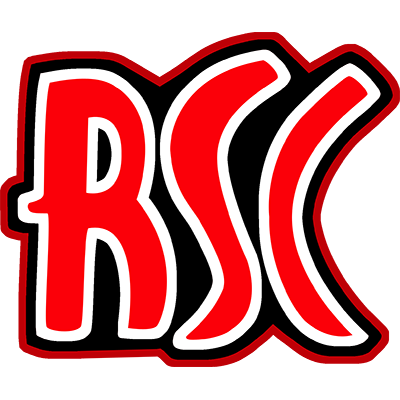Jason C. Ray
1. Do I need to have a scn file for my car model in my mas files with all of the vehicles objects listed? I've opened up a few of the isi mas files and didn't notice any scn files in theirs but, I could simply be over looking them.
2. I'm having an issue with my "collision box" not working in the game. If I need the scn file that I asked about before, do I need to add anything to the lines for the the collision?
The line in my scn file as of this moment:
{
Instance=jcr_collis
{
MeshFile=jcr_collis.gmt CollTarget=True HATTarget=True
}
And, the lines in my gen file:
//------------------------------------SHADOW AND COLLISION OBJECTS---------------------------------
MeshFile=jcr_shadow.gmt CollTarget=False HATTarget=False ShadowObject=(True, Solid, 256, 256) LODIn=(0.0) LODOut=(150.0)
MeshFile=jcr_collis.gmt Render=False CollTarget=True HATTarget=False LODIn=(0.0) LODOut=(0.0)
The shadow is working just fine but, nothing from the collision.
3. I'm also having an issue with part of my vehicle model dragging on the track surface as I make laps in the left rear quarter. This has forced me to change the graphicall offset line in the hdv file to raise the model off of the ground to keep it from dragging. Now, my front axle (this is an open wheel vehicle) is misaligned with the front wheels. If I get the collision object to work can I change the suspension, chassis and body parts to "CollTarget=False" and change the line in the hdv file so that the axle and wheels are aligned again? Or, do they have to be "True" to recieve damage?
Thanks for any help.
2. I'm having an issue with my "collision box" not working in the game. If I need the scn file that I asked about before, do I need to add anything to the lines for the the collision?
The line in my scn file as of this moment:
{
Instance=jcr_collis
{
MeshFile=jcr_collis.gmt CollTarget=True HATTarget=True
}
And, the lines in my gen file:
//------------------------------------SHADOW AND COLLISION OBJECTS---------------------------------
MeshFile=jcr_shadow.gmt CollTarget=False HATTarget=False ShadowObject=(True, Solid, 256, 256) LODIn=(0.0) LODOut=(150.0)
MeshFile=jcr_collis.gmt Render=False CollTarget=True HATTarget=False LODIn=(0.0) LODOut=(0.0)
The shadow is working just fine but, nothing from the collision.
3. I'm also having an issue with part of my vehicle model dragging on the track surface as I make laps in the left rear quarter. This has forced me to change the graphicall offset line in the hdv file to raise the model off of the ground to keep it from dragging. Now, my front axle (this is an open wheel vehicle) is misaligned with the front wheels. If I get the collision object to work can I change the suspension, chassis and body parts to "CollTarget=False" and change the line in the hdv file so that the axle and wheels are aligned again? Or, do they have to be "True" to recieve damage?
Thanks for any help.

